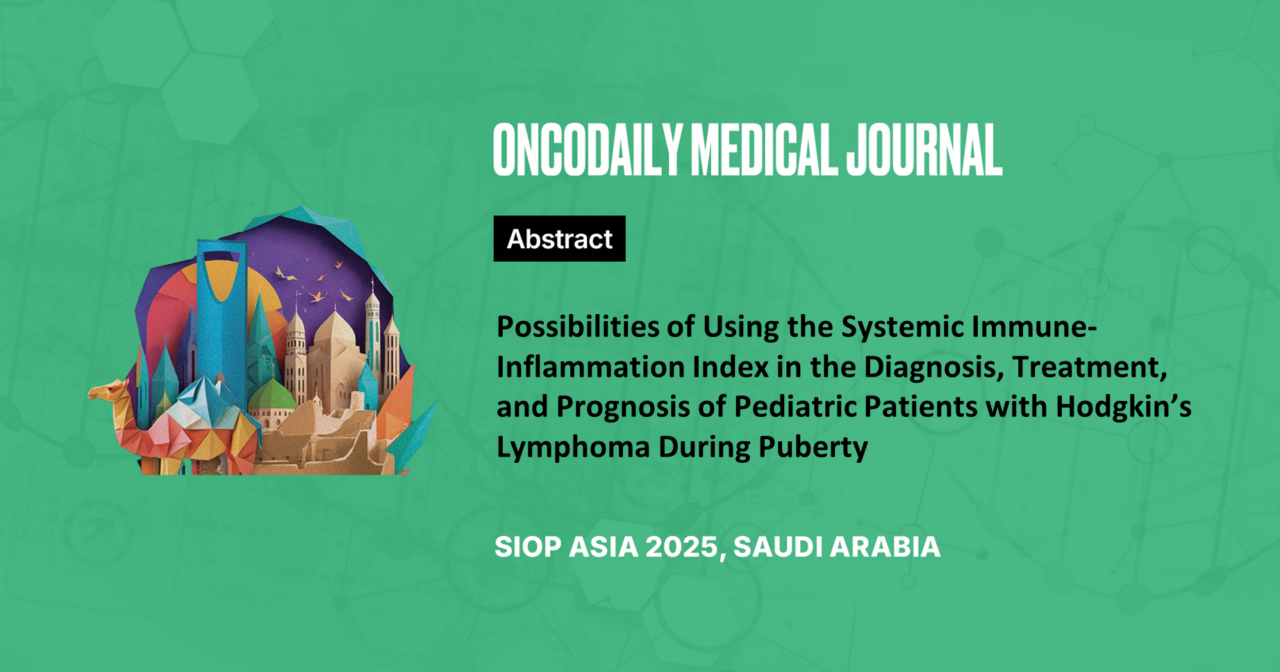Possibilities of Using the Systemic Immune-Inflammation Index in the Diagnosis, Treatment, and Prognosis of Pediatric Patients with Hodgkin’s Lymphoma During Puberty
Abstract
Introduction: Diagnosing lymphoproliferative diseases remains a significant challenge in pediatric practice. Lymphadenopathy, characterized by the enlargement of lymph nodes due to specific or nonspecific causes, complicates differential diagnosis. The systemic immune-inflammation index (SII), calculated based on neutrophil, lymphocyte, and platelet counts, has gained recognition as a key prognostic marker in oncology.
Elevated SII correlates with poor outcomes, including reduced overall survival, increased relapse rates, and resistance to therapy. However, the role of SII in the diagnosis and management of Hodgkin’s lymphoma (HL) in adolescents has not been previously studied. Objective is to assess the applicability of SII in the diagnosis, treatment, and prognosis of Hodgkin’s lymphoma in adolescents.
Methodology: The study included 40 adolescents (22 boys, 18 girls; median age 13.65 years) with morphologically and immunohistochemically confirmed classical HL (stages II–IV), treated from 2020 to 2024. Subtypes included nodular sclerosis (55%), mixed cellularity (20%), lymphocyte-rich (12.5%), and lymphocyte-depleted (12.5%); 65% of patients presented with “B” symptoms. Control groups included 40 patients with infectious mononucleosis, 40 with reactive lymphadenopathy, and 40 healthy children. SII was calculated as neutrophil count divided by lymphocyte count, multiplied by platelet count.
Results: Before treatment, SII values in HL patients were significantly higher compared to controls (infectious mononucleosis: 19.4 times higher in boys, 30 times higher in girls; reactive lymphadenopathy: 5.6 and 7.3 times higher, respectively, p < 0.05). Diagnostic thresholds were proposed:
• SII ≤150 units: infectious mononucleosis.
• SII 160–600 units: reactive lymphadenopathy.
• SII ≥1000 units: Hodgkin’s lymphoma.
After first-line chemotherapy, SII normalized in patients achieving remission, while elevated SII values correlated with refractory/progressive disease.
Conclusion: SII is a valuable tool for improving differential diagnosis, monitoring treatment response, and predicting outcomes in adolescents with Hodgkin’s lymphoma. Its introduction into clinical practice could enhance patient management and outcomes.





